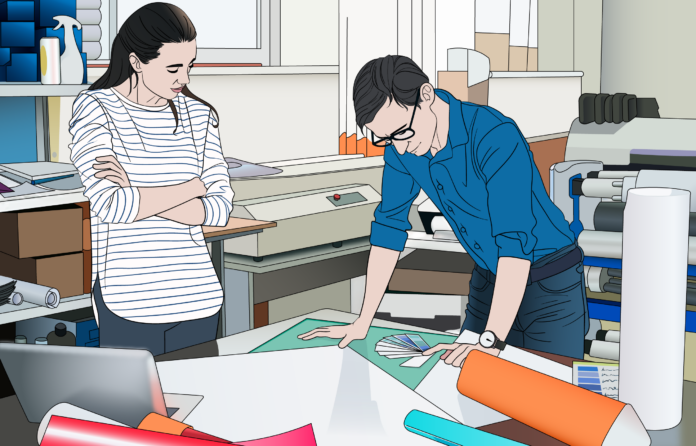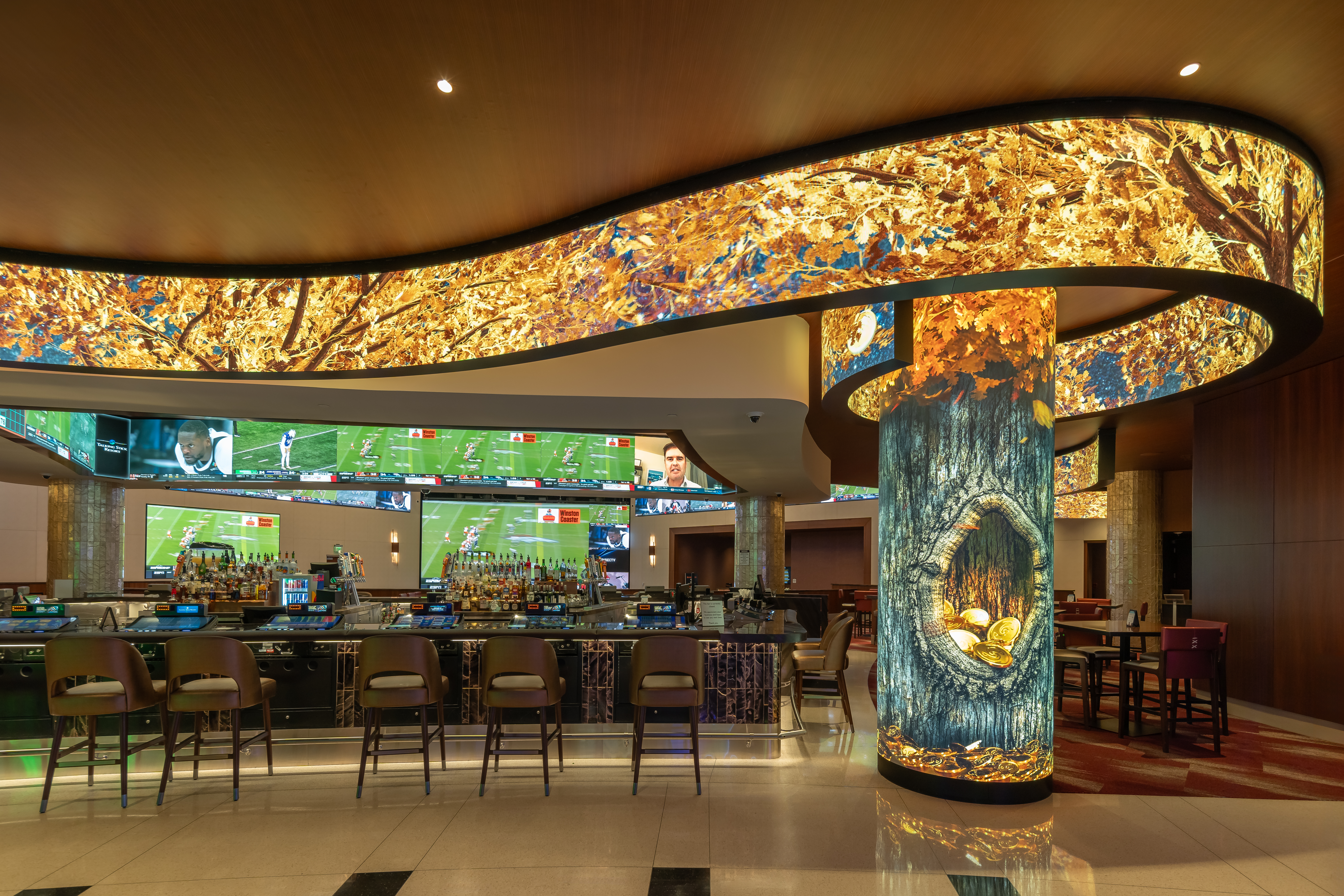This column was originally published in Sign Builder Illustrated‘s August 2024 edition.
I am not a designer. When I first started my business, I did not understand the value design brought to my business or my clients. So, the truth is, I ran a sign shop for years and never charged for design work. It was just a small line item on our estimate sheets, and we never signed a contract for the design portion of our projects. I was wrong.
I had no problem charging for surveys, permits, crane time and fabrication. But for some reason, I thought offering free design work was necessary to close the deal. I was really wrong.
I regret undervaluing the skills of the designers who worked for me—their creativity, talent, education and the importance their craft meant to the company and our customers. Because, as I readily admit now, designers are essential to our industry’s success. So, if you are a designer, and you’re reading this today: Thank you!
Often, your clients may not see the value of signage, so it’s your job to educate them and engage them in the process.

Design with your clients, not for them.
Involving your clients early in the design process is paramount. When clients are part of the process, they’re more likely to be happy with the final product and excited to work with your team.
Start with an initial meeting to understand the client’s vision and goals. Ask open-ended questions to learn about their brand, target audience and the message they want to convey. Discuss the experience they want their customers to have when entering their store or office and explain how signage contributes to that positive feeling in their space.
Tell your client you’ll provide a design contract a few days after the initial discovery meeting. If they hesitate, explain the value of the design process and assure them your team will work hard to meet their goals as well as ensure their signs comply with city and building codes. If they just want a simple sign with their logo and don’t want to pay for design work, suggest they use a different shop.
Yes, I really said that. I know—it’s tough to turn away a project over design fees. It feels like you’re losing money. But the reality is, not charging for designs will cost you more in the long run. You’ll miss out on design revenue and high-quality projects. Plus, talented designers want their work to be valued properly.

Make it an experience.
When you own a sign shop, you must always be thinking about your client’s experience with your company, and it starts with the design process. Whether you sell smaller projects like banners and yard signs or larger offerings like pylons and mixed-use developments, the approach for design may be different, but your client’s experience is just as important.
Design work can be categorized in two groups:
1. Low touch: Simple banners, yard signs, magnets and t-shirts.
In the case of low-touch projects, you might want to consider adopting online tools for design and ordering. Since the volume of sales will need to be higher to sustain a profitable business, it is critical to provide your customers with the tools to easily upload, edit and create their own proofs to place orders. Tools like Inksoft allow you to manage online store fronts where your clients can order products with little face-to-face interaction. It does not mean the experience is not personal, it is just more automated. Lastly, ensure your prices cover the time needed to create production-ready files when necessary.
2. High touch: Pylons, storefront channel letters, ADA projects for office buildings and mixed-use developments.
For high-touch projects that require a discovery meeting, it will be a multi-step process. Once your client agrees to your design contract, which is usually around 10 percent of the value of the project, then you will be ready to start preparing options—usually three.
The second meeting is your chance to impress! Start by reminding everyone of the client’s goals from the first meeting. Then, let your design team present their ideas, leaving the client plenty of time to ask questions and share feedback.
But here’s where you can stand out: Go beyond just signs. Think about how the signage will make the client’s customers feel. Could you design architectural elements that match the brand and create an even better customer experience? This might even lead to a bigger project for you.
We once designed exterior channel letters and a lobby sign for Indeed. We suggested a unique option with giant freestanding letters for the lobby. This sparked a conversation about other areas in the building, and we ended up designing and producing creative wall wraps for them too. When you involve your clients in the process of thinking creatively it will often lead to bigger projects.
The last meeting is for final touches. You’ll make any changes the client asks for, show them material samples (if needed), present the complete signage plan and hopefully close the deal! By now, the client is excited and trusts you to deliver a great project.
You’re part of the team.
When you are design focused and work with your client to really think about the role of signage as an important part of their brand, you are now on their team. You have gone far beyond just selling signs, you are a brand ambassador.
This approach to sign design thinking will also instill a sense of pride in your team, and a level of loyalty from your customers that will last for years.











